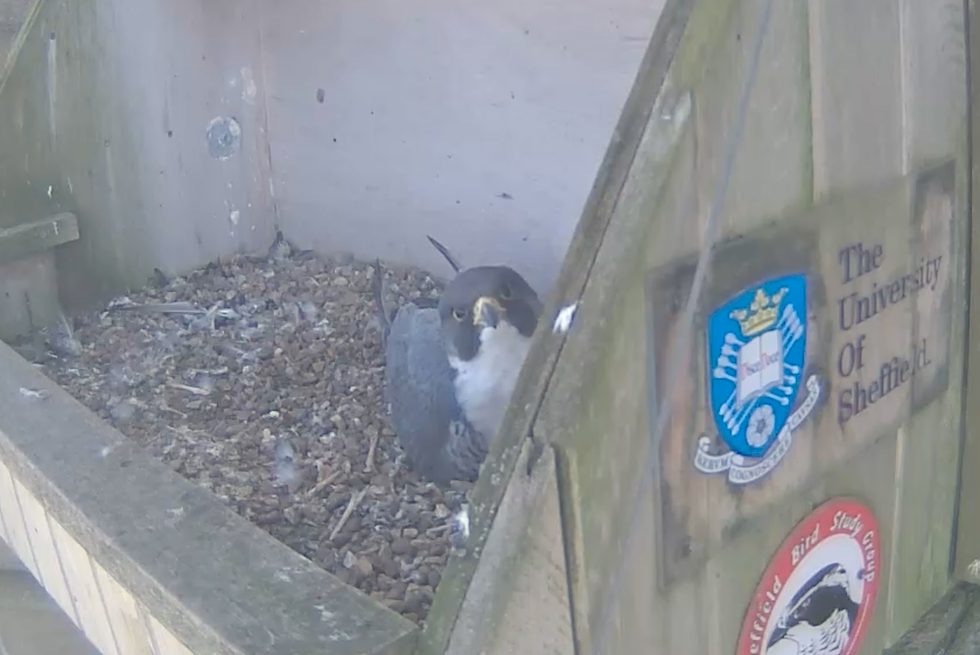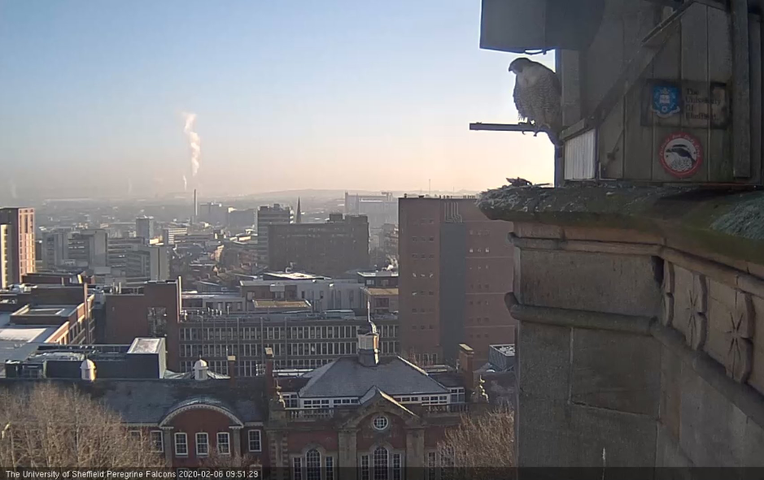
As of April 2020, billions of people around the world are living under differing degrees of physical confinement due to the Covid-19 pandemic, reshaping the ways in which we represent, affect, and sense urban space. Covid-19 has altered the mobilities and ordinary affects of human and nonhuman animal life in unprecedented ways (Stewart 2007). Confinement has shaken up the quotidian rhythms of urbanites, both human and nonhuman, actual and virtual. We explore these quarantine urban ecologies as they manifest in two prominent and interlinked forms: digital ecologies and ecologies of abandonment. We feel these ecologies differently, and feel differently about them, because they are ecologically different. Until now only virtually evoked through thought experiments (e.g., Weisman 2007), Covid-19 is actualizing these ecologies on a global scale.
Quarantine urban ecologies are bounded spacetimes, “affective atmospheres” (Anderson 2009), in which changing modes of attunement with the world outside are rupturing our “ecological ordinary” (Nixon 2011). Quarantine urban ecologies rework existing multispecies connections, emphasizing them in a way that requires us to think differently about post-quarantine urban wildlife.1 In times of confinement, rhythms of life circulate differently. As researchers, we are no exception to this rhythmic shift, with fieldwork put on pause. Located across three countries, confined to our homes, we begin to notice the world in different ways. Within these reconfigured rhythms—through our windows, online encounters, and weekly walks to the shop—quarantine urban ecologies have become palpable due to their affective presence in our reconfigured lives.
The quarantine affects our ability to directly encounter nonhuman life in our fieldwork and daily rhythms: cycles to work, strolls in the park, weekend hillwalking. An inevitable result of twenty-first century confinement, the digital realm is playing an increasingly prominent role in our lives and our encounters with nature (Adams 2020). From our homes—in three European countries—we have found collective enjoyment watching peregrine falcons observe the sunrise over South Yorkshire via the University of Sheffield’s live webcam. Since 2012 the webcam has broadcast live from a peregrine roost above the spire of St. George’s church in the center of the city. The birds are “an established feature of Sheffield’s skyscape,” yet our first experience of them occurred during lockdown. A technologically mediated atmosphere, a collective affect, a common communicability with urban wildlife.

We’re not alone in watching them, it turns out. In a recent interview with the BBC, a university spokesperson remarked that website visits had soared more than tenfold as urban dwellers flock online to digitally encounter urban wildlife. Digital animals have become an important part of how we perceive the “natural” world around us during quarantine, as we oblige to varied patterns of encounter with urban ecologies. Actual animals are digitized and circulated as independent ontological beings, experienced uniquely, reminding us how nonhuman bodies always co-fabricate urban space from the outset.
Digital ecological encounters are also showcasing the emergence of novel and uncanny ecologies. The relative emptying of urban spaces is giving rise to ecologies of (human) abandonment that are challenging modernist or majoritarian visions of the city and practices of urban environmental governance. They are simultaneously romantic and apocalyptic, hopeful and haunting, and remind us that urban spaces came into being via the expulsion of wild, and then later agricultural animals. Through the cracks of what were once wilder environments, contemporary ecologies of abandonment and re-inhabitation arise.
Rats, for example, are perhaps the synurbic species par excellence. Ecologies of abandonment are allowing them to range further in search of food as they adapt their spatial practices in lieu of anthropogenic rhythms. Images of wild boars foraging on grassy verges of major autoroutes in Barcelona also circulated quickly on social media in March. Yet surprise at seeing these nominally wild creatures in the city is not ubiquitous; their urban presence has long been recognized by urban ecologists and social scientists alike. Quarantine policies, moreover, acknowledge domestic and synurbic animals in cities, with dog-walking humans allowed outside more frequently than non-dog owners in Barcelona, and permits are being issued for animal carers and feeders in Indian cities. Do these examples constitute a realization and recognition of their right to the city?
Footage of goats trampling Welsh gardens circulated in April, yet as with the Barcelona boars, it later surfaced they were regular visitors to the town. Devoid of their biocultural or historically specific contexts, urban ecologies easily go viral, highlighting the potentialities of imagined natures in times of quarantine. Virtual ecologies, not materially actualized but ideally brought into being, have ontological and political lives of their own. The misrepresentation of “Venetian” dolphins—which were actually Sardinian—says more about cultural fascinations with Venice, cetacean charisma, and the promise of hope in times of crisis than anything ecological. They exemplify the false quarantine urban ecologies—often parodied via memes—which alarmingly speak to a “Nature triumphant” discourse in which “humans are the real virus.” Others have noted that celebrating apparitional animals can distract from actual conservation issues, but the circulation of these ecologies of abandonment have birthed material-semiotic relations, which through their independent existence showcase newfound curiosities toward urban ecologies.

Writing together via Skype, bird calls in Kyiv bring delight to us all as they’re digitized and given life in Barcelona and Cambridge before echoing back to Kyiv. Quarantine urban ecologies are birthing novel relations between our bodies and those of nonhumans, both actually and virtually. Digital ecologies, like the Sheffield Peregrines, have the potential to nourish in times of confinement. Ecologies of abandonment that showcase nature in our cities offer hope in times of crisis and allow us to imagine more convivial multispecies post-quarantine urban ecologies. But the spectacular appearances of charismatic animals in cities, real and imaginary, overshadow the species that already call the urban home and may direct attention away from more pressing conservation concerns. Regardless of what happens post-quarantine, the urban ecologies that have emerged during lockdown, both actual and virtual, provide food for thought for ecologists due to the human-animal-material-digital relations they have borne and revealed. They remind us what ecology—as in our home, oikos—actually is: enveloping, but tightly bounded.
Notes
1. The urban is not a universal category and urban space is globally heterogeneous. This heterogeneity extends to urban ecologies; urban spaces around the world are composed by different types and numbers of species. Wild animals appear more regularly in some cities than others, so the spectacle of ecologies of abandonment is not universal, either. Moreover, the ways in which urban animals will be affected by Covid-19 remain largely unknown. Transmission to a tiger in the Bronx zoo has been recorded and transfer to macaques in Indian cities has been speculated, while great ape tourism and sanctuaries across Africa have been closed to the public due to the threat of Covid-19, meaning animals, too, are on lockdown. The virus could therefore have direct effects on the more-than-human populations of urban ecologies, too.
References
Adams, Bill. 2020. “Digital Animals.” The Philosopher 108, no. 1.
Anderson, Ben. 2009. “Affective Atmospheres.” Emotion, Space and Society 2, no. 2: 77–81.
Nixon, Rob. 2011. Slow Violence and the Environmentalism of the Poor. Cambridge: Harvard University Press.
Stewart, Kathleen. 2007. Ordinary Affects. Durham, N.C.: Duke University Press.
Weisman, Alan. 2007. The World without Us. New York: Thomas Dunne Books.